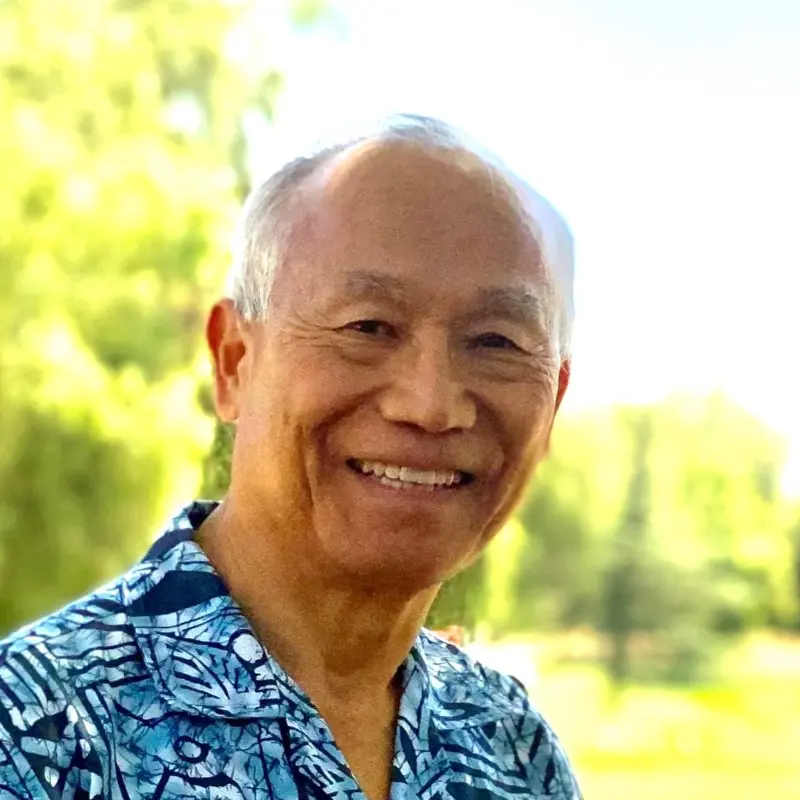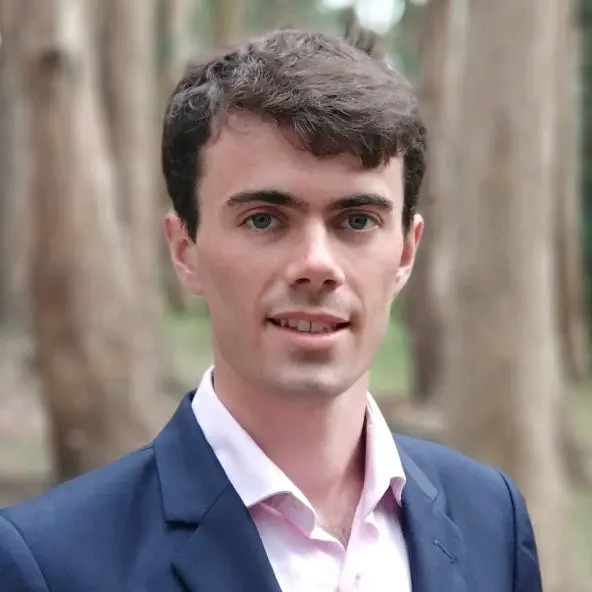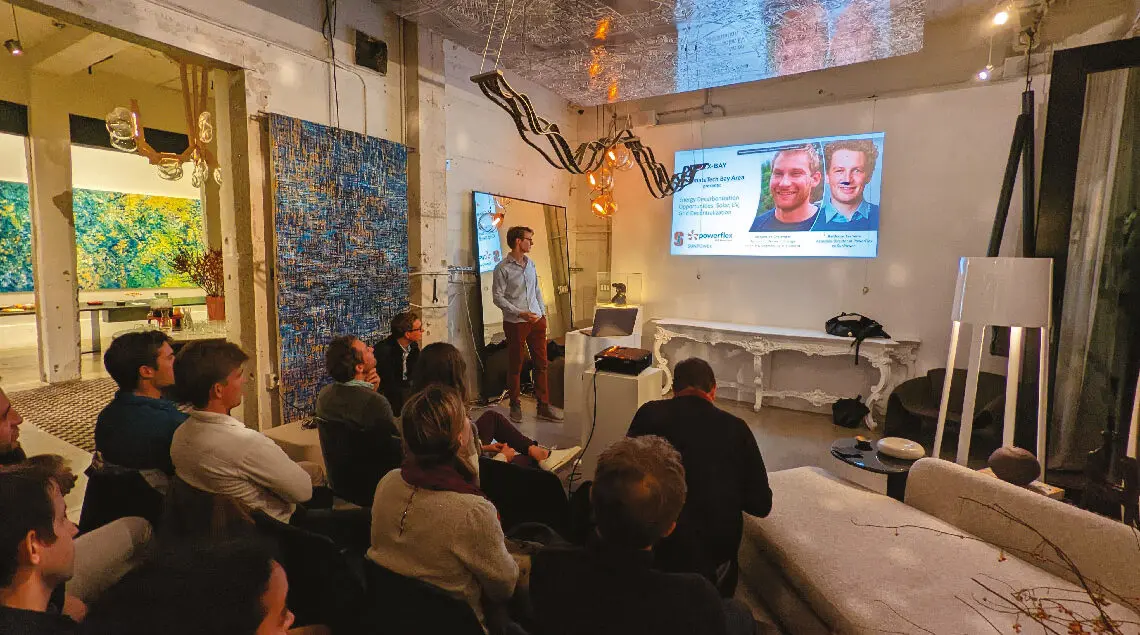Key Insights from X ClimateTech Bay Area Conference on Decarbonizing Energy




The X ClimateTech Bay Area group is creating a space to share knowledge, foster the exchange of ideas, and build connections within the ClimateTech community. It was founded by Polytechnique alums and is open to all professionals, entrepreneurs, investors, and students working in or interested in ClimateTech topics. The group will meet every other month with experts presenting the challenges and opportunities in their field, followed by a networking event (this event being the first conference).
ClimateTech is a broad field that encompasses all technologies critical to either reducing greenhouse gas (GHG) emissions or helping humanity adapt to global warming. Each conference will deep dive into each heavy emitting sector (Power, Transportation, Buildings & Cities, Industries, Agriculture & Food) and explore the role of transversal enablers such as Supply Chain decarbonization or Carbon offsets.
With ~50 % of global GHG emissions from Power & Transport, this first conference focused on Decarbonizing Energy, i.e. reducing the carbon intensity of electricity production and distribution. Held in a beautifully decorated private office in San Francisco on Dec 8, 2022, it was a great success, well attended despite an unusual but welcome rain.
Our guest speakers, Balthazar Lechene (X06), Associate Director, PowerFlex, and Jacques de Chalendar (X11), Adjunct Professor in Energy Science, Stanford University, expert pioneers in renewable energy, gave a compelling overview of the challenges and state-of-the-art activities in their respective domains.
Solar needs improved energy storage solutions
Balthazar discussed the role of solar in reducing the share of fossil fuels in the electrical grid mix and how this will require more storage and flexibility capacity, as well as the role of intelligent systems like the ones developed by PowerFlex in providing such flexibility.
Solar is a mature and fast-growing, effectively decarbonizing the CA grid. It’s now cost-competitive : ~$0.03/kWh solar cost over 20 years for utility-scale installation (competitive with fossil fuels) and with an ROI of 7–10 years for residential/commercial customers. Solar represents 35 % of new US capacity addition in 2021 (or ~23GW), mostly from utility-scale projects. And it’s ten-twenty times less carbon-intensive compared to fossil fuels (solar : 50g CO2eq/kWh, natural gas : 500g CO2eq/kWh, coal : 1000g CO2eq/kWh).
Achieving a high level of penetration for solar will require additional storage capacity. Solar is intermittent, and its production profile does not match the grid needs (66 % of generation between 10 am‑4 pm vs. morning/evening grid load peak). Battery storage is still nascent today (1.6GW capacity added in 2021); its value lies in peak shaving for commercial customers, limited value for residential (backup power).
“Storing energy and reducing peak load will be critical to decarbonize the grid.”
Electric Vehicles (EVs) raise a grid integration challenge but also a storage opportunity. EV charging patterns – morning/evening primarily – will accentuate the grid peak (+35 % home electricity usage with an EV). Smart charging solutions – like the ones developed by PowerFlex with Adaptive Load Management – can smooth power use across a fleet of EVs and reduce grid peaks. EVs could also serve as grid storage through vehicle-to-grid technologies (25M EVs by 2030 = ~2,000 GWh of storage).
The critical takeaway from Balthazar’s perspective is that decarbonization with the introduction of renewable energy brings a set of new issues because solar and wind are not instantly dispatchable when peak loads occur, leading to the need to use emergency fossil fuel energy to keep the grid operational.
The long-term solution to this challenge is to develop vastly improved energy storage solutions combined with advanced software technologies to bring much more flexibility into the system.
National electrical grid : flexibility in energy distribution is key
Jacques presented the collection of tools developed to track energy consumption and CO2 emissions across the national electrical grid, as well as pilot projects at Stanford University to demonstrate the role of heating/cooling systems in providing grid flexibility.
The grid is a large connected machine ; CA imports dirtier energy at peak hours. CA Independent System Operator (CAISO), in charge of managing the grid, imports electricity during peak hours when load is peaking and renewables generate insufficient energy (morning/evening). But imported electricity from the Midwest has a higher carbon intensity (natural gas/coal). Storing energy and reducing peak load will be critical to decarbonize the grid.
Smarter cooling and heating systems can provide load flexibility to the grid : large centralized heating systems – like the one serving Stanford University building heat/cool – represent a significant share of a building’s electrical load. These loads can be intelligently scheduled by varying time of use and temperature set points to reduce peak demand charges (halved daily usage at Stanford during extreme PG&E events in 2018 summer, leveraging pre-heating of the hot water silo, thus generating $300k revenue), provide grid services, and reduce new infrastructure costs (e.g., equipment upgrade). At Stanford, real-world experiments have shown that a 14 % load reduction can be achieved by a +2F setpoint adjustment during the highest cooling load days.
The takeaway here is that flexibility in energy distribution requires vital innovation in tracking tools, managing building heating and cooling systems at a finer granularity level, and optimizing EV charging behavior at a regional or national level.
Join the ClimateTech world
Overall, these presentations and their associated discussions have helped illustrate the framework of reviewing these technology innovations in Energy Management through three complementary perspectives : Decarbonization (renewables), Digitization (grid flexibility) and Decentralization (solar rooftops, mini-grids).
To help keep the complex ClimateTech world as easy to understand as possible, we will use this simple framework in future meetings on each of the 5 ClimateTech sectors.
Please join us on our Facebook X ClimateTech Bay Area group to stay tuned, provide feedback and comments, and be sure not to miss future events.





